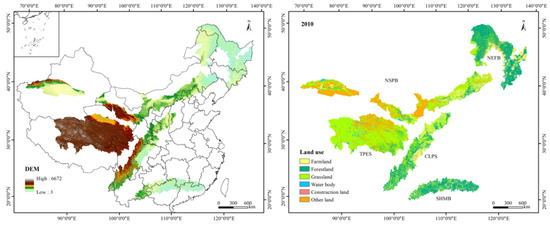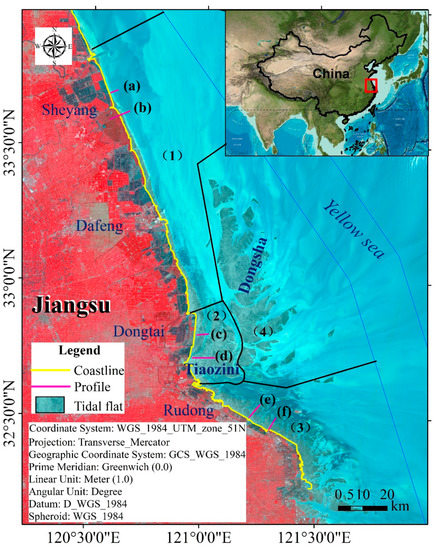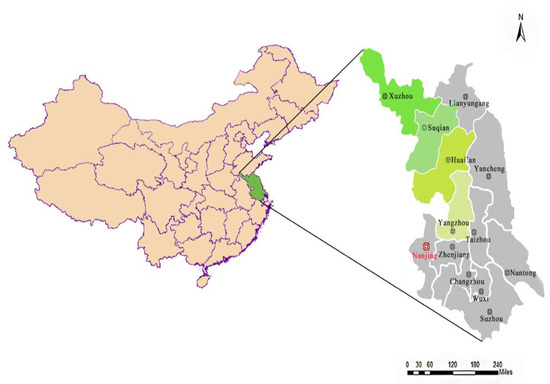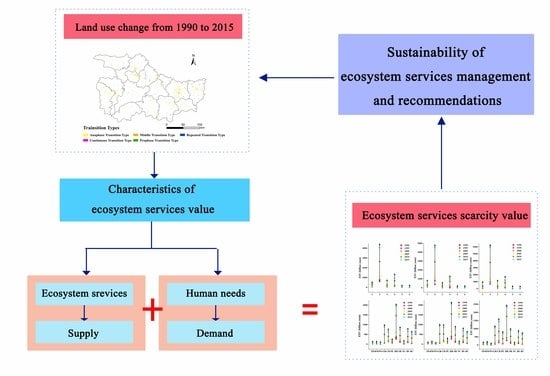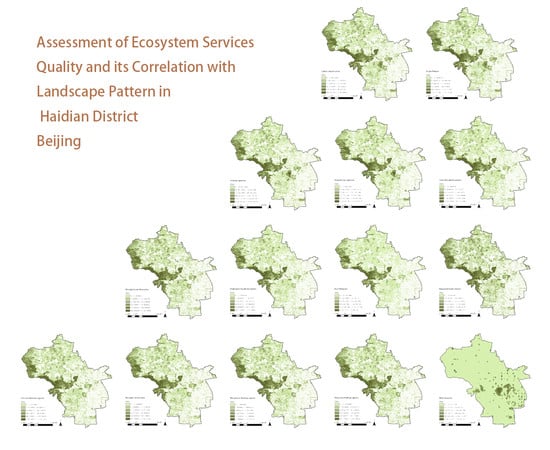Ecosystem Services (Closed)
A topical collection in International Journal of Environmental Research and Public Health (ISSN 1660-4601).
Viewed by 110837Editor
Interests: Indicators; Indices; Well-Being; Ecosystems; Resilience; Natural Hazards; Ecosystem Services; Coastal Ecosystems
Special Issues, Collections and Topics in MDPI journals
Topical Collection Information
Dear Colleagues,
Natural ecosystems perform fundamental life-support services upon which human civilization depends. However, many people believe that nature provides these services for free and therefore, they are of little or no value. While we do not pay for them, we pay significantly for their loss in terms of wastewater treatment facilities, moratoriums on greenhouse gases, increased illnesses, reduced soil fertility and losses in those images of nature that contribute to our basic happiness. Little is understood about the well-being benefits of the natural environment and its ecosystem services. The interwoven relationship of ecosystems and human well-being is insufficiently acknowledged in the wider philosophical, social, and economic well-being literature.
Life itself, as well as the entire human economy, depends on goods and services provided by earth’s natural systems. The processes of cleansing, recycling, and renewal, along with goods such as seafood, forage, and timber, are worth many trillions of dollars annually, and nothing could live without them. Yet growing human pressures on the environment profoundly disrupt the functioning of natural systems and significantly reduce the delivery of these services. Humans have changed ecosystems more rapidly and extensively in the last 50 years than in any comparable period of human history. We have done this to meet the growing demands for food, freshwater, timber, fiber, and fuel. While a cursory evaluation of these changes to ecosystems have appeared to enhance the well-being of billions of people, they have also caused a substantial and largely irreversible loss in diversity of life on Earth, have strained the capacity of ecosystems to continue providing critical services, altered our perception of place and our comfort level with nature and, in the long-term, significantly will reduce human well-being.
Humans interact with the ecosystem in two ways: (1) they benefit from services ecosystems provide and (2) they create pressures on those ecosystems. Ecosystems provide numerous benefits to humans, widely termed in environmental science as “ecosystem services,” which include provisioning of food, fuel, and fresh water; regulation of climate and flooding; and cultural value through recreational opportunities. However, ecosystems can be stressed because they are rarely considered to an appropriate degree by individuals, businesses, or regulatory agencies while making economic and social decisions. Much still needs to be known about the qualitative and quantitative aspects of ecosystem services, their utility, and importance for public policy. Even more important is to find implementable solutions to conserve, maximize, and protect ecosystem services as a mechanism to protect the environment.
This Special Issue seeks research papers on various aspects of ecosystem services, their assessment and utility in the environment research and policy and their role in protecting the environment. Especially, we encourage the submission of interdisciplinary work and multi-country collaborative research. We also encourage the submission of ecosystems and environmental policy-related manuscripts that focus on issues related to ecosystem services and their utility in everyday understanding of the importance of ecosystem protection. We welcome original research papers using different study designs as well as systematic reviews and meta-analysis.
Dr. James Kevin Summers
Collection Editor
Manuscript Submission Information
Manuscripts should be submitted online at www.mdpi.com by registering and logging in to this website. Once you are registered, click here to go to the submission form. Manuscripts can be submitted until the deadline. All submissions that pass pre-check are peer-reviewed. Accepted papers will be published continuously in the journal (as soon as accepted) and will be listed together on the collection website. Research articles, review articles as well as short communications are invited. For planned papers, a title and short abstract (about 100 words) can be sent to the Editorial Office for announcement on this website.
Submitted manuscripts should not have been published previously, nor be under consideration for publication elsewhere (except conference proceedings papers). All manuscripts are thoroughly refereed through a single-blind peer-review process. A guide for authors and other relevant information for submission of manuscripts is available on the Instructions for Authors page. International Journal of Environmental Research and Public Health is an international peer-reviewed open access monthly journal published by MDPI.
Please visit the Instructions for Authors page before submitting a manuscript. The Article Processing Charge (APC) for publication in this open access journal is 2500 CHF (Swiss Francs). Submitted papers should be well formatted and use good English. Authors may use MDPI's English editing service prior to publication or during author revisions.
Keywords
- Ecosystem Services
- Goods and Services
- Ecological Function
- Ecosystem Structure
- Biodiversity
- Water Quality
- Value of Ecosystems










